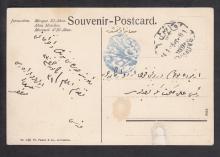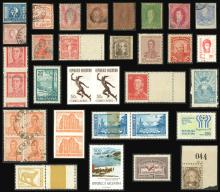Chinese Stamps Now Valuable Collectibles in the Market
Published

There was a time when stamps printed and distributed in China were not highly regarded in the market. But in the last few decades, these stamps are starting to get attention thanks to increase in popularity. There are a number of reasons which can explain why these stamps are now must-haves among collectors. One reason can be found in the stamp values - the last few decades saw an increase in the overall value of the stamps in the area. The established collectors of the Hong Kong and China are believed to be responsible for the stamps’ renaissance. The improvement in values can be found not just in stamps but also in other postage materials. But when the values of all postage-related items is compared, the increase in value of stamp issues is more pronounced compared to other items like covers and proofs.
Another interesting thing about Chinese philately is that searching for stamp issues from 1960's onwards is considered easier, compared to actual understanding of the history that comes with China’s postage stamps. And speaking of highly valuable China stamps, some of the more popular ones are the Chinese Treaty Port cancellations.
What are Chinese Treaty Port cancellations?
China’s history is dotted with imperialism and wars, and these can be seen in the stamps issued in the territory. During the 1800's, the country known as ‘Middle Kingdom’ was involved in an Opium War against Britain but lost the war. Because it lost the war, China gave the rights to Hong Kong to its conqueror, Great Britain. Aside from the ceding of territory, more ports were opened and British residents were given the leeway to enjoy their lifestyle in China. Additional ports were opened after other Western forces took advantage of what China had to offer. The end result was the establishment of more than 80 ports, and the British Government opened 21 consulates in all.
During this time, the prepayment of stamps was not required. But by 1864, Hong Kong adhesives were used and the covers were cancelled before being sent in other regions. But because of the issues of theft of unfranked postage stamps, the government decided to cancel these personally. And in order to stop currency speculations, the postage stamps were printed with ‘China’ on January 1, 1917.
These postage stamps associated with Treaty Port cancellations are now popular collectibles among enthusiasts and observers, and expected to influence overall stamp values from China.







